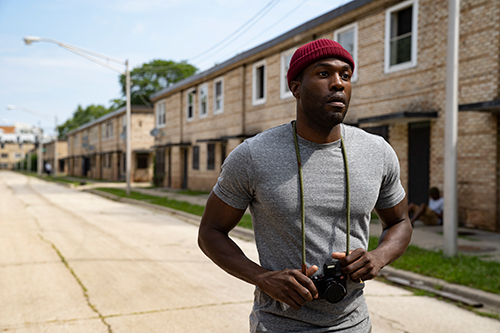
Between Mario Kart, the Macarena and the fear of the Y2K bug, the 1990s were a time of great excitement and wary trepidation. In the multiplex, similar feelings were being expressed about the horror genre. Technological advances were broadening the possibility of what nightmarish delights could be brought to the screen.
But, while the 1970s boasted Halloween’s Michael Myers, and the 1980s had kept awake Elm Street residents and audiences alike with Freddy Krueger, the 1990s threatened to be an era of endless sequels, stuttering franchises and stagnating scares. Director Bernard Rose helped ensure that wasn't the case. His 1992 film Candyman, adapted from Clive Barker short story ‘The Forbidden’, proved to be something of a landmark of horror cinema.
A racially-charged fright fest, splattered with ruminations about class and history, Rose’s film is as thought-provoking as it is terrifying. And, in Tony Todd's eponymous hook-handed villain, it inaugurated into mainstream horror one of the genre’s first African-American bogeyman.
This year sees Candyman return to the screen, in a “spiritual sequel” helmed by director Nia DaCosta, and written and produced by Get Out’s Jordan Peele. Set in the now-gentrified Cabrini Green housing projects of the first film, DaCosta’s movie stars Yahya Abdul-Mateen II (Watchmen) and Teyonah Parris (If Beale Street Could Talk) as an arty couple who discover the terrifying truth behind the Candyman legend. Excitingly, Todd is set to reprise his role as the malevolent boogeyman, although we don't yet know the exact context.
In anticipation of the film’s release this summer, we're bringing you five iconic horror movie villains who, like Candyman, laid down their legacy in the 1990s.
1. Annie Wilkes — Misery (1990)
Not including tangential sequels, there have been 47 feature-length adaptations of Stephen King novels to date. Given he’s conjured up all manner of nightmarish creations — from pet cemeteries to horrifying hotels — it's testament to King’s craft that a seemingly normal, middle-aged nurse is perhaps his most terrifying.
Annie Wilkes, the villain at the centre of King's 1987 novel Misery — adapted by celebrated screenwriter William Goldman for Rob Reiner's 1990 film — is frightening because, at least initially, she appears entirely harmless. After rescuing novelist Paul Sheldon (James Caan) from a hazardous blizzard at the beginning of Reiner's film, Wilkes (a suitably menacing Kathy Bates), proceeds to hold him hostage until he writes what she believes to be a satisfactory ending to his latest manuscript.
In its deceptively simple premise, the film manifests as a layered, gripping psychological character study with darkly comic undertones and, in the infamous ‘hobbling scene’, one of the genre’s grisliest moments. But if Misery was impactful in 1990 — it remains the only King adaptation to win an Oscar (Best Actress for Bates) — it packs an even more pertinent punch three decades on.
2. Pennywise — IT (1990)
Coulrophobes will forever lament Stephen King for introducing the world to Pennywise the dancing clown. Although Andy Muschietti’s recent IT films frightened an entirely new generation, with actor Bill Skarsgard invading our nightmares, many moviegoers will still be recovering from their first screen meeting with the drain-dwelling demon.
Originally aired as a TV two-parter, director Tommy Lee Wallace’s IT movie tapped into the raw terror at the heart of King’s novel. But while a child-eating clown isn’t necessarily the true villain of the story, Tim Curry’s memorably macabre turn as Pennywise ensured red wigs and balloons would forever carry a sinister side.
3. Hannibal Lecter — The Silence of the Lambs (1991)
They say there’s no such thing as bad publicity. For sellers of Fava beans, and producers of Chianti, it’s a notion that Jonathan Demme’s psychological thriller The Silence of the Lambs firmly put to the test in 1991.
Adapted from Thomas Harris’s novel, the film cleaned up at the Oscars, claiming the much-coveted ‘Big Five’ (Best Picture, Director, Actor, Actress and Adapted Screenplay). But irrefutably, the film’s lasting legacy has been Anthony Hopkins's calculated, cannibal genius Hannibal Lecter.
While not technically Lecter’s first screen iteration (Brian Cox played him in Michael Mann's 1986 film Manhunter), Hopkins’ take is undoubtedly the most iconic. What makes his Lecter so compelling is the disquieting ease at which he slips between vile antagonist and morally ambivalent anti-hero — an unpredictable, undefinable presence whose true motives almost always prove evasive.
Given the animal connotations that permeate Demme’s film — from the guilty secret in FBI agent Clarice Starling's (Jodie Foster) past, to the beastly brutality of serial killer Buffalo Bill (Ted Levine) — Lecter is framed as an almost reptilian-like figure: always poised to strike, and complete with piercing stare and an unnerving propensity to hiss.
4. Ghostface — Scream (1996)
"What's your favourite scary movie?" the ominous voice of actor Roger L. Jackson asks a panic-stricken Drew Barrymore in the famously grisly opening of hit 1990s horror, Scream. For any avid cinemagoer after 1996, the answer to that question could quite easily have been Wes Craven’s film itself.
Often cited as the movie that revived a saturated sub-genre (the slasher movie), Craven’s bloody, playful, postmodernist chiller proved a game-changer: a delightfully double-edged sword of parody and pastiche, poking fun at horror movie conventions at the same time as it celebrates them. But despite Kevin Williamson’s sharply self-aware script and Neve Campbell’s valiant final girl Sidney Prescott, it’s the film’s notorious villain Ghostface who’s become the Scream franchise’s most memorable feature.
By now a staple of the Halloween fancy-dress circuit, the distinctive Ghostface costume has arguably eclipsed the legacy of the art that inspired it: Edvard Munch’s iconic painting ‘The Scream’. In Craven’s original, Ghostface is a formidable foe: a cunning, cine-literate killer who terrorises the teenagers of a small, rural town while leaving a few nifty third act surprises up his jet-black sleeve.
5. Sadako Yamamura — Ringu (1998)
Originating in blockbuster Japanese horror Ringu, the ghostly Sadako Yamamura is probably better known to Western audiences as Samara Morgan, the murderous girl from The Ring. But while director Gore Verbinski's 2002 English-language remake has its strengths, the original Japanese version remains one of the best exercises in raw terror, even two decades on.
Were it to be remade now, the film would likely involve a sinister streaming service and death from seven days of binge-watching. (Indeed, 2018’s sequel/reboot Rings tapped into fears of more contemporary technology.) But Ringu remains a sharply ingenious comment on the growing influence of digital media and the perennial fears of a new technological age, which manifests through the now-defunct (and oddly nostalgic) form of the VHS tape.
And horror movie villains don’t get more petrifying than Yamamura herself, a murdered girl whose vengeful spirit lives on in said videotape, and who curses all who watch it.
Candyman is scheduled for release on 27th August. Tweet us @Cineworld with your favourite horror movie villains from the 1990s.
George Nash is a writer who blogs for Cineworld as part of our news team. Follow him on Twitter.
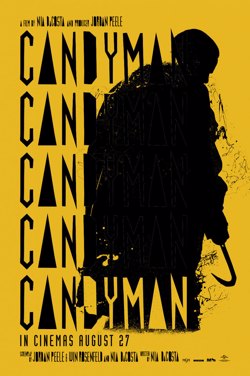
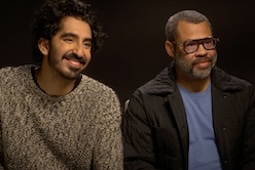
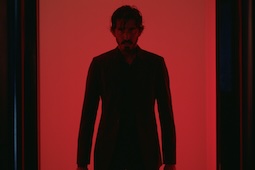
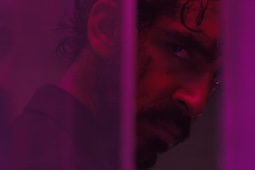
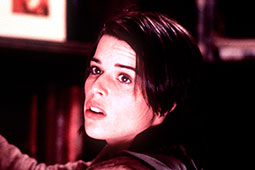
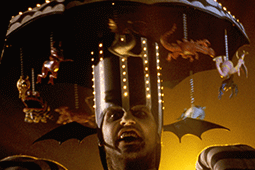
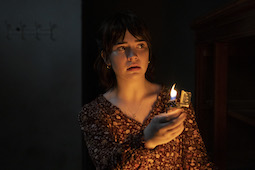
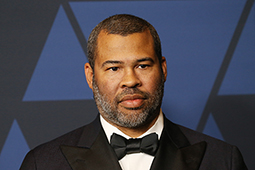
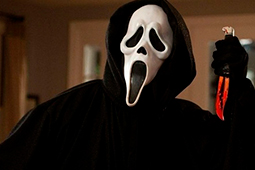
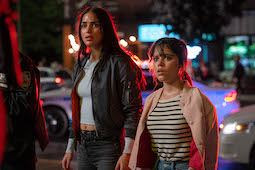
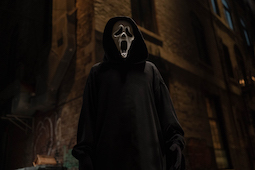
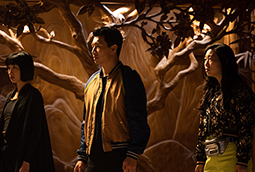
.jpg)


.jpg)
.png)






